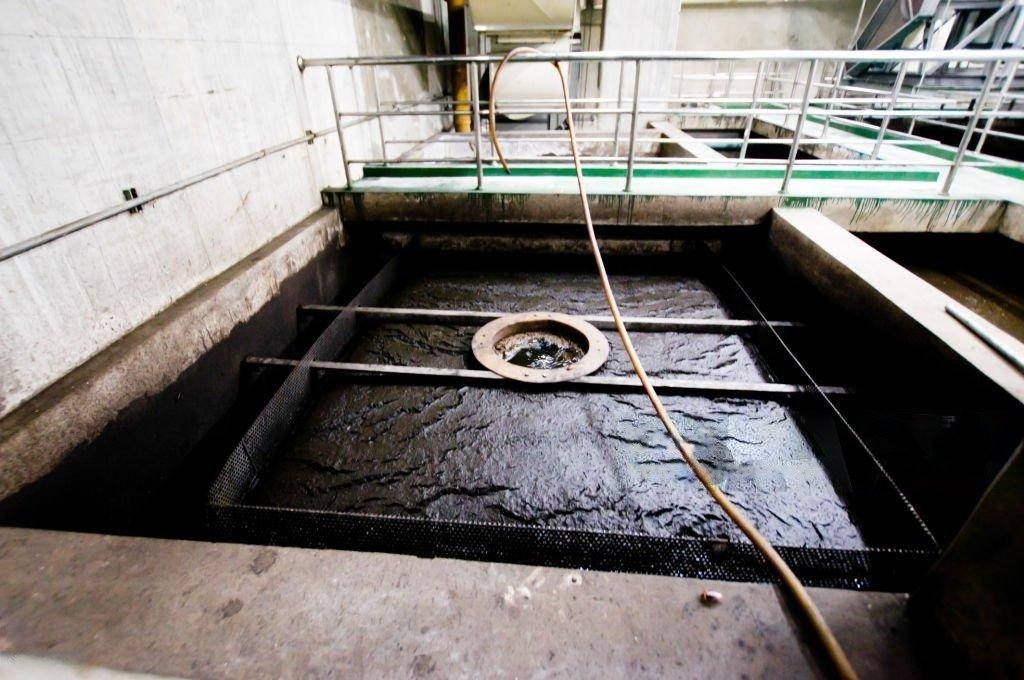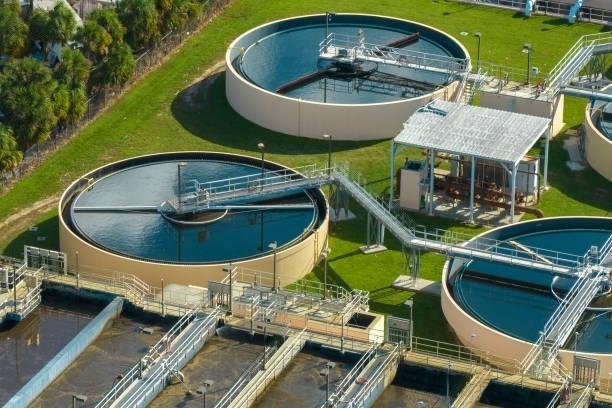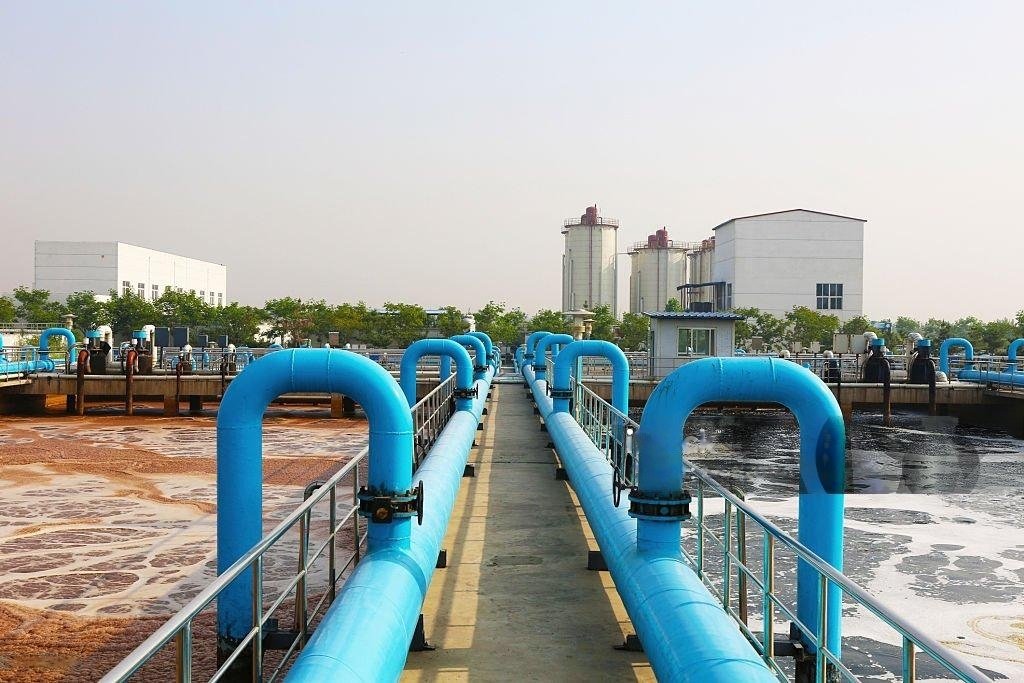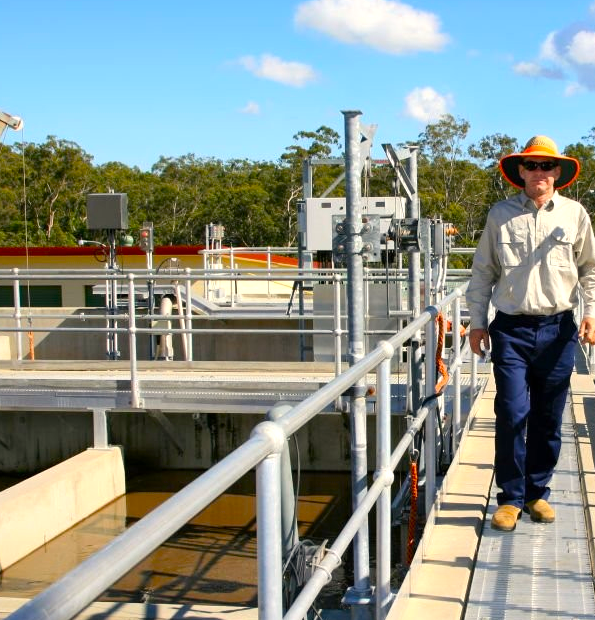Contaminated water poses serious threats to our lives and the environment. Both the chemical and physical properties get altered when water gets polluted. This is why you need to purify and ensure water quality before usage. The best way is to apply effective water treatment methodologies. This will help you to treat wastewater and make it consumable. Fundamentally there are two main types of treatment plants. The former is a Sewage Treatment Plant or STP and the latter is an Effluent Treatment Plant or ETP. Here we will discuss more about the different types of treatment plants for wastewater management and STP vs ETP. So, continue reading…
What is wastewater treatment?
Now let us take a look at this first before plunging directly into more about STP vs ETP. Wastewater management aka treatment is a significant process involving various purification methodologies. It is done to eliminate and remove the contaminants thereby making wastewater usable.

Why is wastewater treatment important?
It is important because wastewater contains huge amounts of toxins, harmful chemicals, and bacteria. This is why you need to go for appropriate treatment procedures before reusing or disposing of it back into the environment. Given below are some of the important aspects.
- Environment protection with proper wastewater management
You are indeed minimizing the pressure on our precious freshwater resources by purifying wastewater for industrial or agricultural purposes. This helps to ensure that there is ample storage of pure water for the future generations to come. Additionally, it also helps to minimize the impact of droughts and prevent water shortages.
Proper wastewater management is inevitable to preserve aquatic ecosystems. Untreated wastewater can hamper the aquatic life around us. So, with effective measures, you will be able to maintain the natural equilibrium of the marine environment.
- Wastewater management for public safety
It is vital to preserve public health and safety by applying adequate wastewater management techniques. By doing so, you can successfully get rid of harmful pathogens and disease-inducing organisms. You can see that industrial pollutants find their way easily to the surrounding municipal wastewater management plants. These wastewater management systems must effectively deal with such deadly contaminants. By doing so, it will ensure that the public communities are not adversely affected by harmful substances.
More about the wastewater treatment process
To have a better understanding of the process you need to delve into the 4 main stages that come along with it. They are:
- Preliminary wastewater management procedure
This initial stage is very significant. This phase helps to remove the most solid waste materials. The subsequent treatment method then effectively eliminates harmful pollutants present in the wastewater. Grit chambers along with screens are mostly used to remove large-sized items such as plastic bags, pipes, sticks, and other solid materials. This prevents clogging that can hamper further procedures.
- Primary wastewater management procedure
You can see that the primary wastewater management process is also central for removing both solid items and other harmful contaminants. Here in this phase, the methodologies applied are, screening and sedimentation along with flotation.
- Secondary wastewater management procedure
This stage comes as an important step that aids you in effectively removing the contaminants and other impurities from the wastewater.
- Tertiary wastewater management procedure
The tertiary treatment process is key to achieving excellent standards for water quality. This is an important stage. It is because it successfully removes contaminants or impurities that surpass the primary and secondary wastewater management steps.
Remember that the quantity of contaminated water used for filtration is minimal when compared to both sewage treatment plants and effluent treatment plants. However, the main goal of all wastewater management plants is to produce 100% consumable water. You can safely use this filtered water for your drinking and other basic purposes.
Key facets of a sewage treatment plant

Sewage is nothing but wastewater that comes from various households, and commercial and domestic outlets. Such sewage waste mainly consists of both human and animal excreta along with polluted rainwater and contaminated sewer debris. The percentage of solid waste to be treated is higher and much more hazardous to health.
The main principles of a sewage treatment plant are substantial to maintain the effectiveness of sustainable wastewater management practices. They also prove to be crucial when it comes to both public health and nature conservation.
Various steps involved in sewage waste treatment
You can see that various important steps are carried out in sewage waste treatment. The entire process gets initiated with the screening to eradicate large quantities of debris in the raw sewage. The sedimentation process in the primary treatment phase gets rid of the suspended solids. This generates a sludge. At the same time, the water gets clarified and is then subjected to the secondary treatment stage.
The biological procedures involved in this secondary treatment phase are carried out by microorganisms. They effectively break down all the biodegradable items thereby reducing the impacts of harmful chemical emissions. The water then is finally subjected to the tertiary process using advanced methods for filtration or chemical procedures. This is done to ensure enhanced quality of water. The disinfection process is then carried out to remove all the pathogens. This step helps you to rest assured that the water finally matches the best safety standards.
The generated sludge undergoes further treatment. This is done with the help of the digestion and dewatering processes. You can use it for reuse or proceed with the proper disposal. A sewage treatment plant becomes more effective with suitable infrastructure maintenance, continuous monitoring, and proper adherence to environmental compliance regulations.
Key facets of an effluent treatment plant

Effluent treatment plants are important systems used mainly by the industrial sector for treating wastewater before releasing it back into nature. Major pharmaceuticals, textiles, food processing units, and chemical companies generate huge quantities of wastewater. This wastewater contains hazardous contaminants. Most ETPs today play a very significant role in ensuring that the highly contaminated water is properly treated and purified.
An effluent treatment plant also largely helps various industries comply with the latest Environmental, Health, and Safety standards (EHS). The significance is paramount for water conservation, corporate responsibility, compliance with regulations, and environmental protection.
Different procedures carried out in an effluent treatment plant
The steps involved are almost similar to the steps carried out in an STP.
- Preliminary treatment
- Primary treatment
- Secondary treatment (biological treatment)
- Tertiary treatment
- Sludge treatment
A closer look at the main differences (STP vs ETP)
Needless to say, both STPs and ETPs are two major components that help in the purification and reuse of contaminated wastewater. Though they serve an important and common purpose, you can see that they cater to different sources as well as effluents.
Considering the primary difference between (STP vs ETP), you can see that an STP deals mainly with wastewater and sewage generated from households, commercial ventures, and various municipal facilities. The effluents subjected to waste treatment are a mixture of organic matter, suspended solids, and different types of pathogens.
On the contrary, an ETP mainly deals with the treatment of effluents such as toxic chemicals, heavy metal wastes, plastic wastes, oil wastes, and other industrial waste byproducts.
Conclusion
The proper understanding of Water Treatment Plants (WTPs), Sewage Treatment Plants (STPs), and Effluent Treatment Plants (ETPs) is very important. Only then you will be able to choose the right type of wastewater management that aptly suits your specific requirements. However, it is important to note that all these wastewater management systems serve a common goal. It is to maintain the best quality of consumable water and to ensure the safety of our environment. Contact Northamps now, the true professionals in this domain to enjoy the best results.


